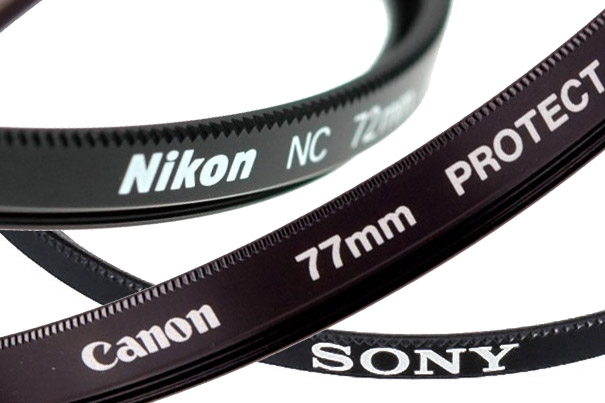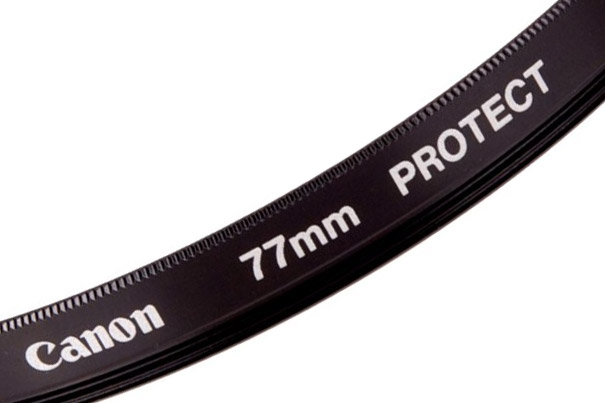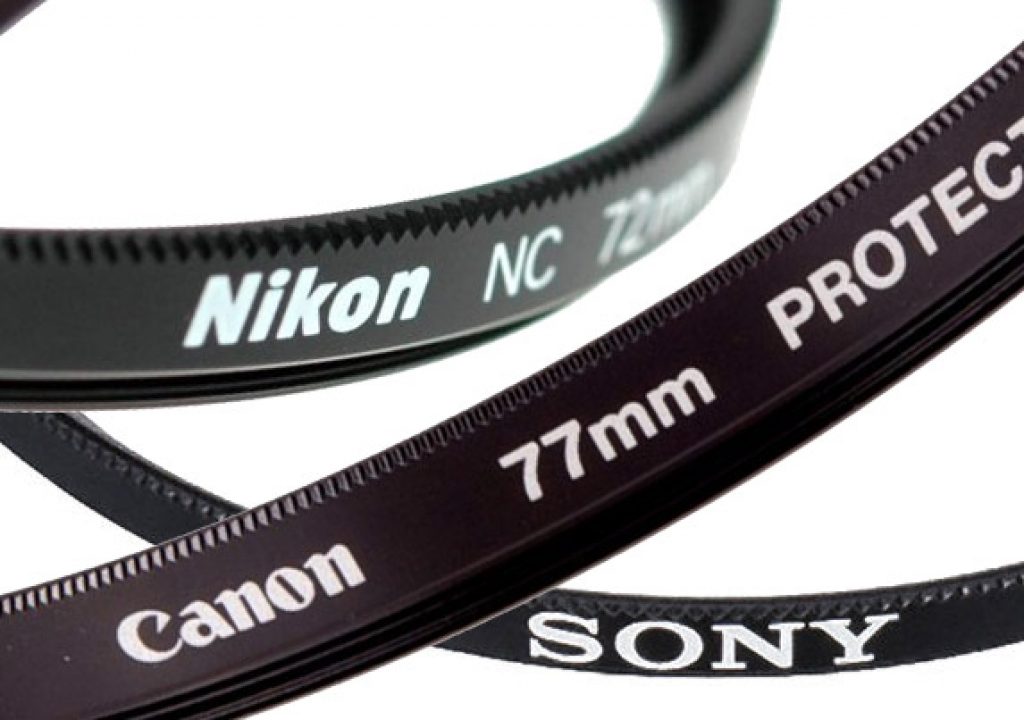
There’s been a debate going on for decades, about the pros and cons of using a filter in front of a lens. Those that are against its use will say that it makes no sense to degrade the quality of a lens by using another piece of glass in front of it. Many of them will resort to the use of a lens hood instead. A lens hood has the advantage of reducing flare too – while a filter may enhance it in some, rare, occasions – so it does seem as a good alternative. Unless, of course, as I see many times, lens hoods are reversed on the lens because people are too lazy to place them properly, to do their function…
Using a filter may be, essentially, I accept, a matter of personal opinion. I believe some kind of protection filter is the best solution – or should I say compromise? – and the first thing I tell people when I see them showing a new lens, sometimes already with finger marks on the front element, is to buy a filter. A decent filter, that is. And that’s the important thing to remember. It simply makes no sense to buy a cheap $20 filter to use with your $1,000 lens. If you do it, then you’re asking for trouble. But if you buy a good filter from a reliable brand, then you do not have to worry about image degradation.

It is true that adding multiple surfaces in front of your lens adds to image degradation, and that’s one good reason to always remove the protection filter when you need/want to use another kind of filter, from a polarizer to a graduated, neutral density or any other type of filter. Having multiple surfaces – like three neutral density filters stacked, for example – over a lens adds reflections, reduces contrast, and if you’re working with long exposures close to the seaside, makes for some extra work cleaning all surfaces from spray. In fact, that’s one of the reasons why I stopped using multiple filters to create long exposures, preferring instead to use a variable neutral density or, in some situations, the X3 ND 10 stop filter from Breakthrough Photography I tried recently.
There may be a slight image degradation when using a protection or any filter – mostly visible under the microscope, if I may add – but the front element of your lens will be protected. And I feel more comfortable cleaning dust, water or an unexpected fingerprint from a filter than from the front element of my lens. Having worked under conditions that create a lot of dust or water spray, I would say that even those that do not advocate the use of filters should think about using one in such situations.
Many people using expensive lenses will say they don’t need a filter, because they’re using weather sealed lenses, so they paid the price to be protected. Well, let me tell those that believe so, that they should read the manuals for their lenses with a bit more of attention. If we take Canon, for example, they do have a series of cameras and lenses that are said to be weather resistant. This is gear for photographers that need protection from dust, rain, snow or the already mentionned salt water spray.
Many of Canon’s series L lenses, from the EF 17-40mm f/4L USM to the recent Canon EF 100-400mm f/4.5-5.6L IS II USM are weather resistant, designed with special gaskets and rings that help keep out dust and moisture, but to be fully weather resistant, Canon states in some of the manuals that a Protect filter is needed. If you look at page 2 of the EF 17-40mm f/4L USM lens manual, for example, you find the following note: “since the front element of this lens moves when zooming, you need to attach a Canon PROTECT filter sold separately for adequate dust-and water-resistant performance. Without a filter, the lens is not dust or water resistant”.
The information on Canon manuals changes from model to model (in fact, it seems not even all Canon departments agree on what weather resistant means and which lenses abide by the norm…). For lenses like the EF 24-105mm f/4L IS USM, for example, Canon states that “tight seal structure ensures excellent dust-proof and drip-proof performance” an information also present for the EF 100-400mm f/4.5-5.6L IS II USM, but with a last note: “However it is unable to provide complete protection from dust and moisture”.
This suggests, at least to me, that placing a filter in front of the front element of the lens may be a good idea, as it will help to protect against multiple hazards. As it seems, not even a hood will protect your lens like a filter does. That’s probably why Canon, and apparently brands like Nikon and Sony, recommend protective filters for the purpose of completing a lens weather-seal. Still, this seems to be an area where camera and lens manufacturers have a different understanding of the meaning of the same terms, so users should have read their manuals to understand how weather resistant their equipment is.
This said, if you decide to go for the use of a protective filter, your choice of filters is multiple: usually a UV or Skylight from a reliable brand will be a good choice. I would go for UV, for no sicentific reason but my own preference… and yet again, I would prefer a pure protection filter, if available. Nikon call theirs Neutral Colour Filters, Sony uses the Clear Protective Glass Filter name. Canon sells a PROTECT series of filters, but they’re not easy to find in some markets, and many people are not even aware of their existance. A PROTECT filter is just a neutral regular protection filter which offers no colour balance whatsoever, and can be used all the time… to protect your lens.
Breakthrough Photography, which we mentionned here recently in the article, X3 ND: The Sharpest and Most Neutral ND Filter, will have their own line of protection filters soon. The X3 PROTECT, as it is going to be called, will have the same quality of their X3 UV and also share the same price point, from $79 to $99. For their protect line, Breakthrough Photography will be using H-K9L optical glass, the same type of glass used by Leica, Nikon and Olympus in their lenses.
The H-K9L optical glass, equivalent to the BK7 produced in Germany by Schott, is used for standard optical glass components. It is of a high optical quality, made of the purest raw materials, colorless and very clear looking and used, amongst other things, in optical lenses and prisms. It offers excellent transmittance throughout the visible and near infrared spectra and down to 350 nm in the ultraviolet with low absorption.


